To brighten your room and give it some life, accentuate the central wall of your room. These stand-alone accent walls are ideal for creating a dramatic effect in your otherwise dull and boring rooms.
An accent wall is one central wall in the room that has a different color or shade as compared to the other walls of your room. In bedrooms and living rooms, accent walls create a sense of depth and dimension. By highlighting the center of the room, accent walls immediately draw our attention and gravitate us towards the most important aspect of the room; either the door, the large central windows, the headboard, or simply the wall where you have hung a poster of The Beatles.
To make your accent walls prominent, it is important to design them well. The accent wall should subtly blend in with the rest of the interior décor of your room, as well as amplify it. To help you design the perfect accent wall for your bedrooms and living rooms, let’s take a look at the few things you must consider when designing an accent wall.
Things to Consider when Designing an Accent Wall
Here are a few things to consider when designing your accent wall.
1. Choose the Correct Wall
The accent wall is the focal point in your room. Usually, in bedrooms, it is the wall where your bed’s head post rests. Another good idea to pick your accent wall is by picking the wall that has an unobstructed view. It is a wall that does not have any windows, doors, or full-length wardrobes on it. You should be able to see this wall full. An accent wall is the one that gives your room some degree of symmetry. So, pick the wall that can easily become the focal point in your room.
2. Choose the Correct Color
A rule of thumb is to always paint your accent wall a shade darker than the rest of the walls. However, many experiments have been done on accent walls, and most of them have given amazing results. The most popular idea is to keep the rest of the walls a neutral color like white, off-white, pale yellow, pale blue, or gray and paint the accent wall a bright warm but complementary color like red, yellow, leaf green, aqua blue, purple and even black. Just make sure that the color blends beautifully with the rest of the furniture and décor of your room.
3. Choose the Correct Pattern
There is a wide range of patterns that you can choose from while designing your accent wall. If you decide to cover your accent wall with wallpaper, then opt for bold designs instead of subtle ones. You can create textures in your accent wall and paint it a vibrant color to make the textures prominent. You can even create a paneled wall by painting your wall 2-3 different colors. Several paint techniques can be applied to your accent wall. Below we have listed a few of them:
- Sponging
- Stencil
- Stripes
- Strié
- Harlequin
- Metallics
- Polka dots
- Color wash
- Rag rolling
- Checkerboard
Final Word
It is also important to consider the correct lighting and wall décor when designing an accent wall, but we will discuss that at length in our future blog posts. For more home improvement ideas and tips, you can get in touch with us here.

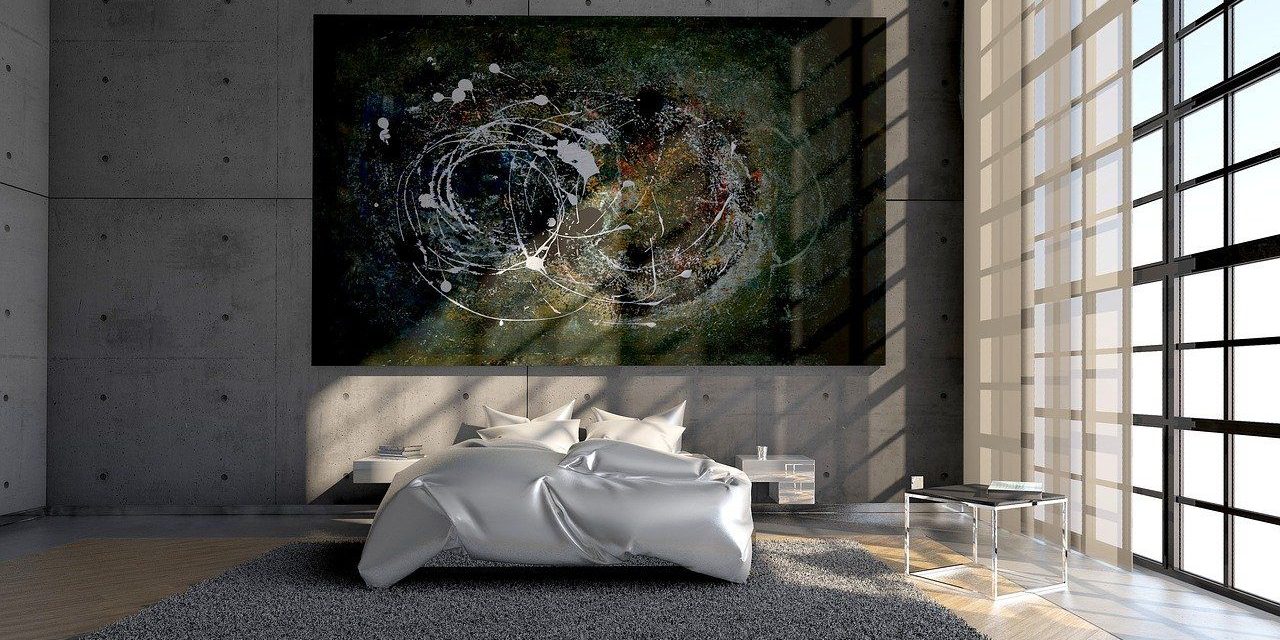
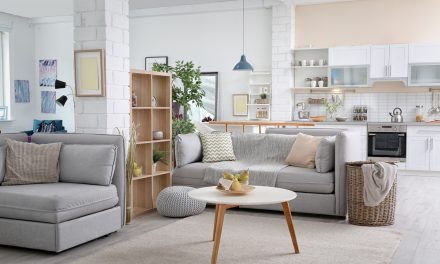
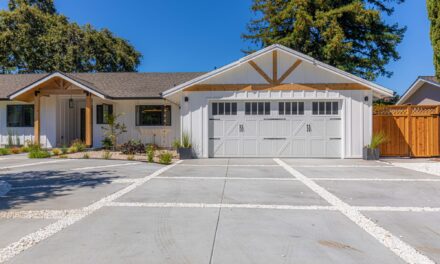
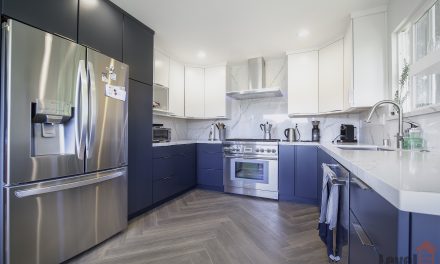
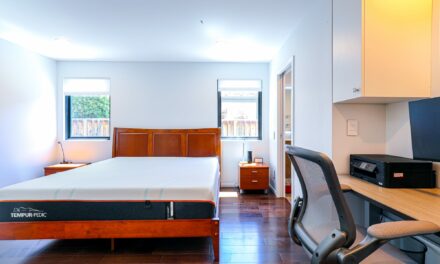
Recent Comments